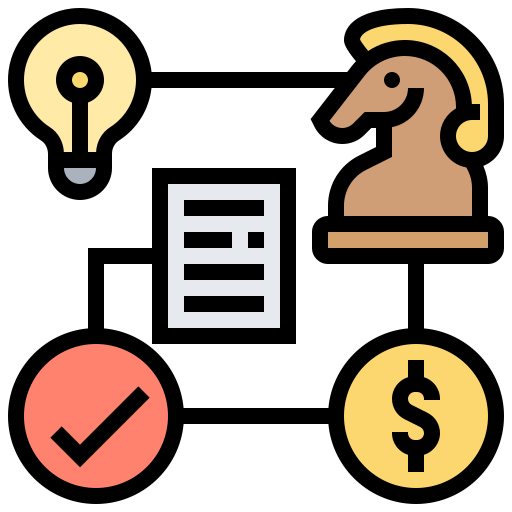Prioritizing projects is crucial for any business but can often be complex and overwhelming. As a leader, you must decide which projects to focus on first while balancing your team’s time and resources. However, framing your projects as a sale makes this process much easier and more effective. Think of your project as a home […]
Category: strategy
As a software engineer, it’s easy to get comfortable with the tools and processes that we use daily. We know them inside and out, and they help us get our work done efficiently. However, it’s important to remember that there is always room for improvement and that stepping outside our comfort zones can lead to […]

Domain-driven design is a software development approach emphasizing the importance of understanding the business domain to design effective software solutions. At the heart of this approach is the idea that software development should be driven by the needs and constraints of the business domain, rather than being driven purely by technical considerations. Understand the business […]

This post will show you how to move your tech idea from idea to execution.

Recently, the subject of teams working across time zones has come up in three separate conversations, so it makes for an excellent topic to write about. Here are a few guidelines I’ve seen applied successfully that will help work across time zones a bit easier on your team. Default to public conversations in chat Doing […]

Have you been asked to create a report? Did you make a report? Did you stop and ask why the report is needed? What is the information that this report is trying to answer? When thinking critically, we need to distinguish between causes vs. consequences. In our report example, the requester might be looking for […]

The rumor mill is hard to contain and impossible to stop. After all, people are curious, and when they know change is coming, they want to know a few things How am I affected? When is it happening? Is it good or bad? How are those around me affected? Who do I go to with […]
Thinking strategically

Stay up to date on what is happening around you Thinking strategically means having a more comprehensive view of what is happening within your company and industry. Not only do you need to understand the vision and direction for your area, but you need to go above and beyond what you’re required to understand and […]